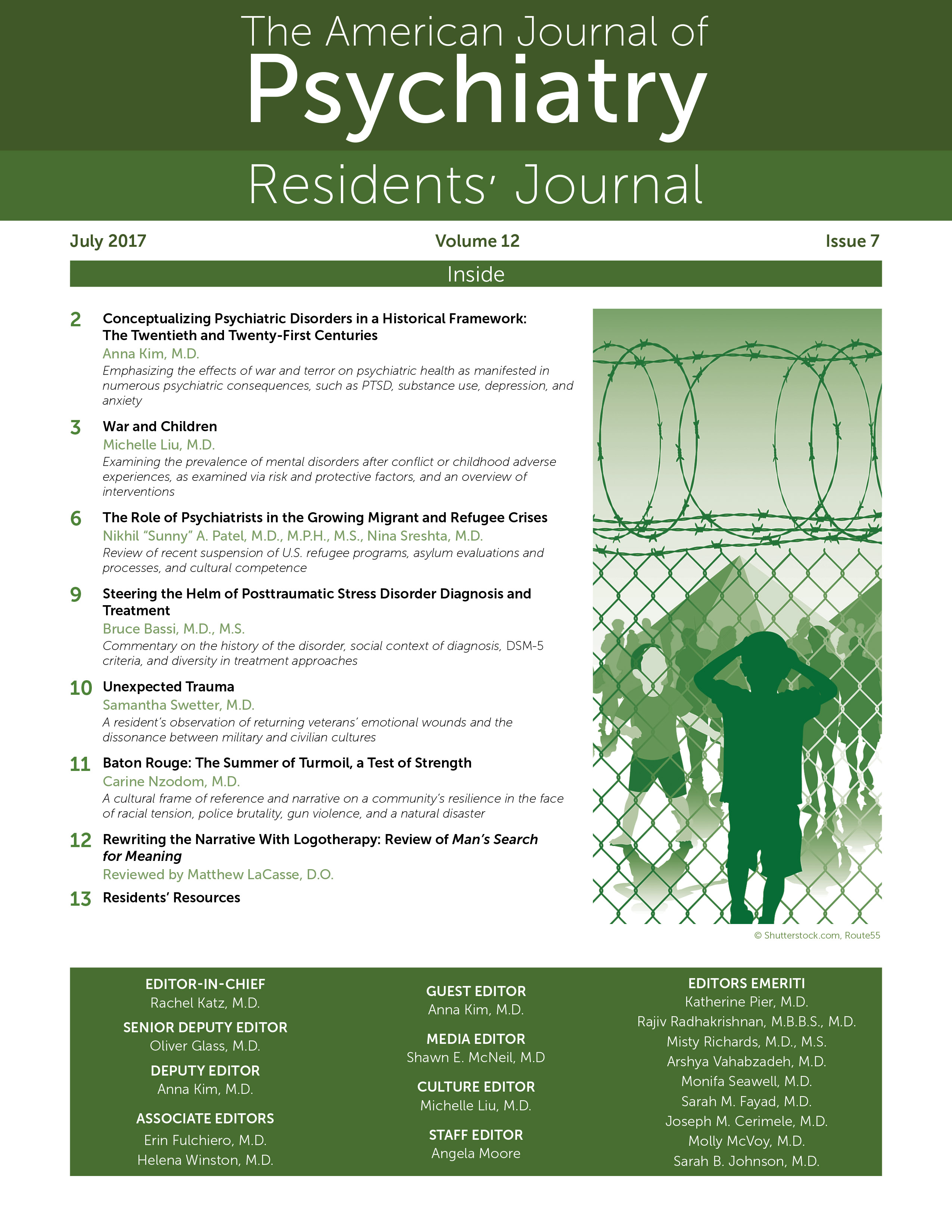Baton Rouge: The Summer of Turmoil, a Test of Strength
In the morning of July 5, 2016, Alton Sterling, a black man, was shot and killed by police in the parking lot of a convenience store in Baton Rouge. The entire country was shocked as images of the event were relayed by social media and broadcast on television. The shooting prompted protests in our state capital, and the streets were flooded with people singing, praying, and demanding justice.
Baton Rouge was beginning to recover when, on a Sunday morning less than 2 weeks later, I found the streets eerily quiet as I drove to work. I began to feel uneasy. Upon arrival at the hospital, I saw many police cars, and when I entered the building, I heard the announcement of a “code gray.” I quickly learned that “code gray” is an alert for the potential of a combative person or other security emergency. Three law enforcement officers had been shot to death, and another three wounded that morning. The wounded were being treated at our hospital, and there was concern that the shooter might come to finish what he had started.
My patients in the ER were unusually anxious. Some were afraid of being hurt and others of being discharged. One patient told me, “They got it coming, I’m tired of them killing us.” Another simply said she wished the violence would stop.
I tried to remain calm despite sensing the sadness, fear, and anger of those affected every time I walked the halls. I wondered if I should say, “I’m sorry,” or if joining them in prayer would be appropriate. I wondered if there was anything I could say or do to provide them with some comfort. What I did instead was simply say “hello” as I walked by.
Later that week, in a group to process feelings and concerns about violence in our city and country, one resident colleague expressed that he no longer felt safe going to gay bars with his husband since the shootings in Orlando. Another expressed her fears for the safety of her police officer husband, and another stated, “My husband is a big black guy; now he is even more anxious when he goes out.” One faculty member expressed the belief that we should always carry guns for self-protection. I became more acutely aware of our shared vulnerabilities and of how complex the issues of race, gun violence, and police brutality are.
The floods came a month later. After days of unceasing downpour, the rivers in the area backed up to an unprecedented degree. An unbelievable 60,000 homes were lost, and thousands of businesses were underwater—and 13 lives were lost. August’s natural disaster forced July’s social disasters into the background as South Louisianans spontaneously and remarkably joined forces to save themselves and begin another recovery.
Through all of this, I struggled between balancing my personal feelings with my duty to provide my patients the best care. As an African-American woman, it is hard to ignore the issues of racial tension, especially when some of my patients expect me to take a stand. Instead, I continue to focus on each patient as an individual and work with my community to address social issues.
The community moved forward and tried to normalize. The leaves fell, and Thanksgiving came and went. The events of that summer made us stronger, hopefully. We looked forward to a peaceful winter.
Through our summer of turmoil, I learned to appreciate and admire my patients’ resilience. I found that we human beings have the ability to come together when we are able to identify our commonalities. Now, more than ever before, I believe that strength is defined by one’s ability to stand back up after a fall, not to remain standing.



